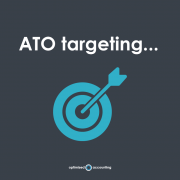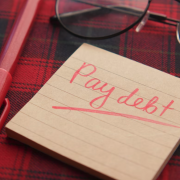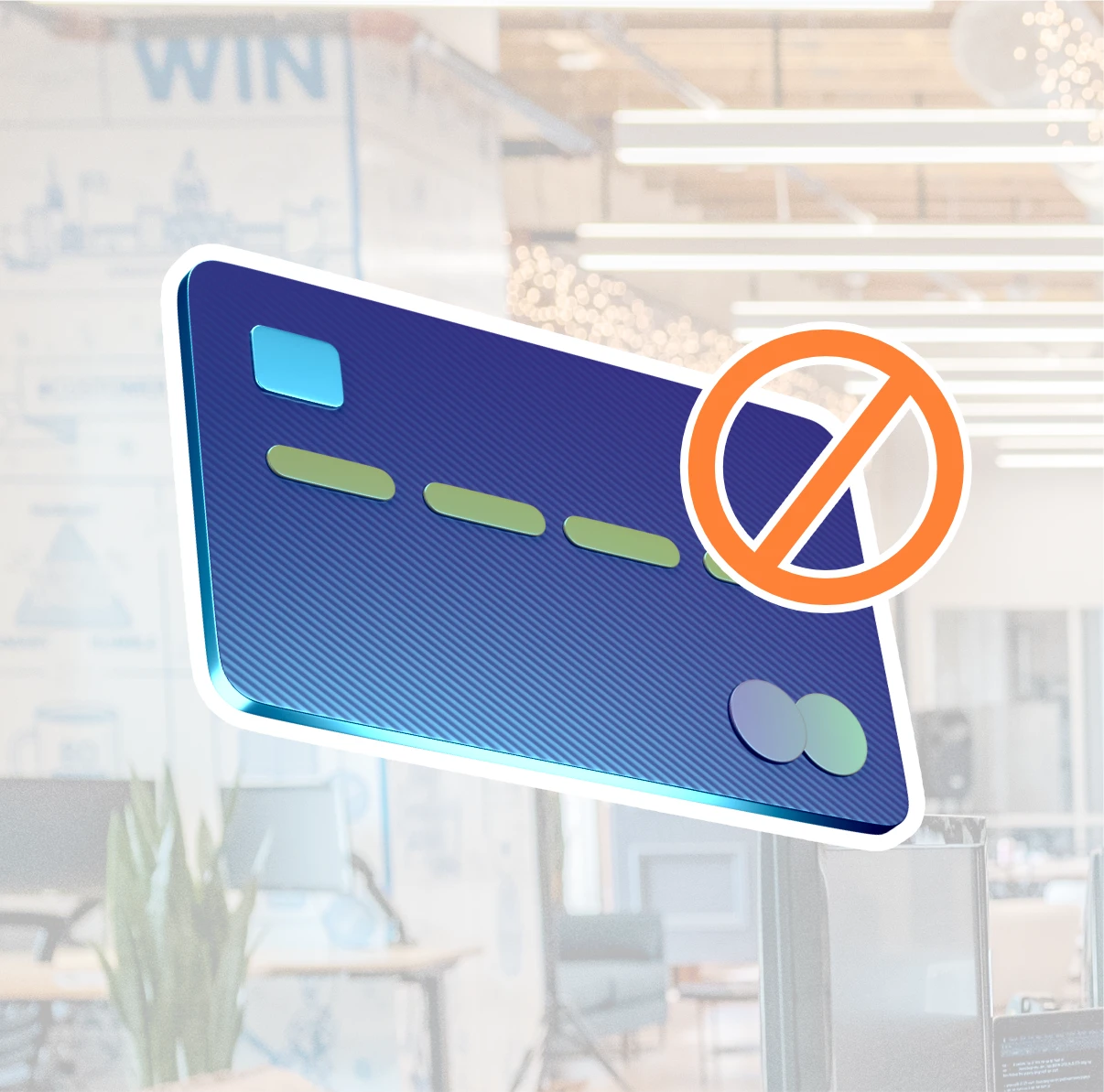
For both individuals and small business owners, the idea of tax debt with unseen consequences is worrisome. It can impact future financial operations without clear signals or the usual pathways to address it.
Usually when you owe a tax debt, it’s there until it’s paid or in limited situations where it’s waived. Like if the payment would result in serious hardship.
But when they decide it’s not economical to do so, the ATO can put a debt “on hold”. This doesn’t extinguish the debt, though, and they can resuscitate it at a later time.
Additionally, these stayed debts are not visible to the taxpayer when they check their account balances. Because they’re noted as inactive, they’re effectively invisible. Understandably, for anyone who relies on consistent financial tracking for business or personal reasons, this makes planning anything very difficult. What might appear from the surface to be a manageable financial picture can unravel, should the ATO decide to collect on those hidden debts. Often, they do this by offsetting against refunds the taxpayer may be entitled to.
Post-COVID pile of debt
During COVID, ATO put off these debts. But it has now left with the daunting task of collecting an 89% increase in collectible tax debt during the four years leading up to June 2023.
In 2023, the Australian National Audit Office advised the ATO that excluding debt from being offset was inconsistent with law, regardless when it arose.
So in response, the ATO contacted thousands of taxpayers of historical debts that were “on hold”. They advised the amounts will be offset against future refunds. Many of the debts were across many years, some even earlier than 2017 so they were impossible to contest if taxpayers didn’t keep their records longer than the required 5 years. The amounts ranged from a few cents to thousands of dollars.
In other words, taxpayers were accruing debt but weren’t informed.
In a recent statement, the ATO said:
“The ATO has paused all action in relation to debts placed on hold prior to 2017 whilst we review and develop a pragmatic and sensible way forward that takes into account concerns raised by the community.
It was never our intention to cause frustration or concern. It’s important to us that taxpayers have trust in our tax system and our records.”
How do you know if you have an on-hold debt? By default, the ATO will send you a letter that they have paused debt collection, which will say ‘non-pursuit’ on your statement of account. If you know you had a debt in the past but haven’t been notified about it in a long time, it’s best to get in touch with the tax office.
For more information, see the official ATO website.
Small business tax debt blows out
It’s not just individual taxpayers that the ATO is chasing up: out of the $50bn in collectible debt owing to the ATO, small businesses owe two thirds.
As of July 2023, the ATO moved back to its “business as usual” tax debt collection practices. For entities with debts above $100,000 that have not entered into debt repayment terms with the ATO, they will disclose the debt to credit reporting agencies.
If your business has an outstanding tax debt, it is important to engage with the ATO about this tax debt and stay in regular communication. Hoping the problem will go away will normally make things worse.
And what if you can’t pay it? Have a read of our article about how to recognise insolvency earlier and what to do about it.
Be even more on top of business pitfalls
You’re a business that stays in tune with your finances to stay ahead. So does our newsletter, so come on board for more heads-up:










